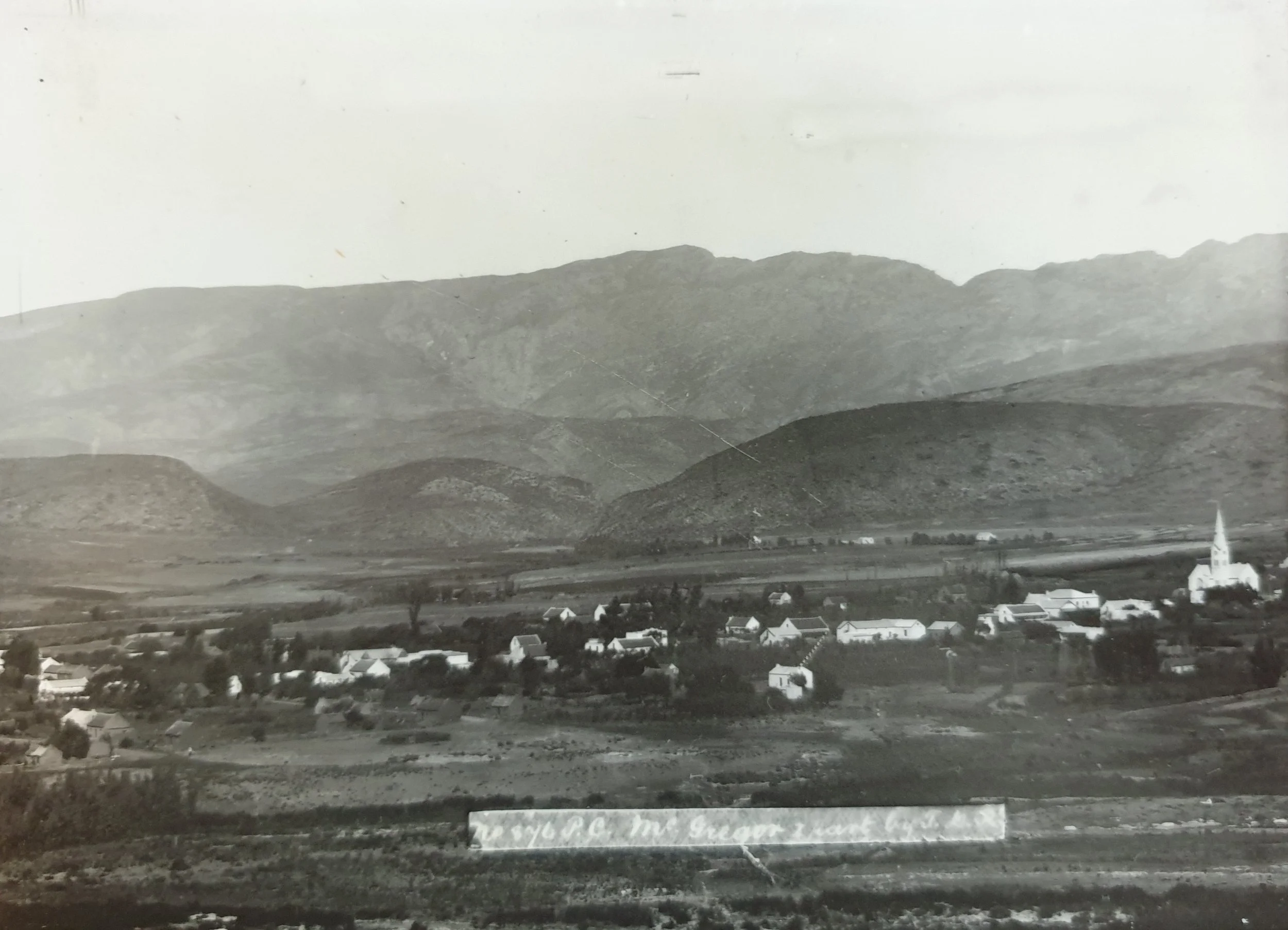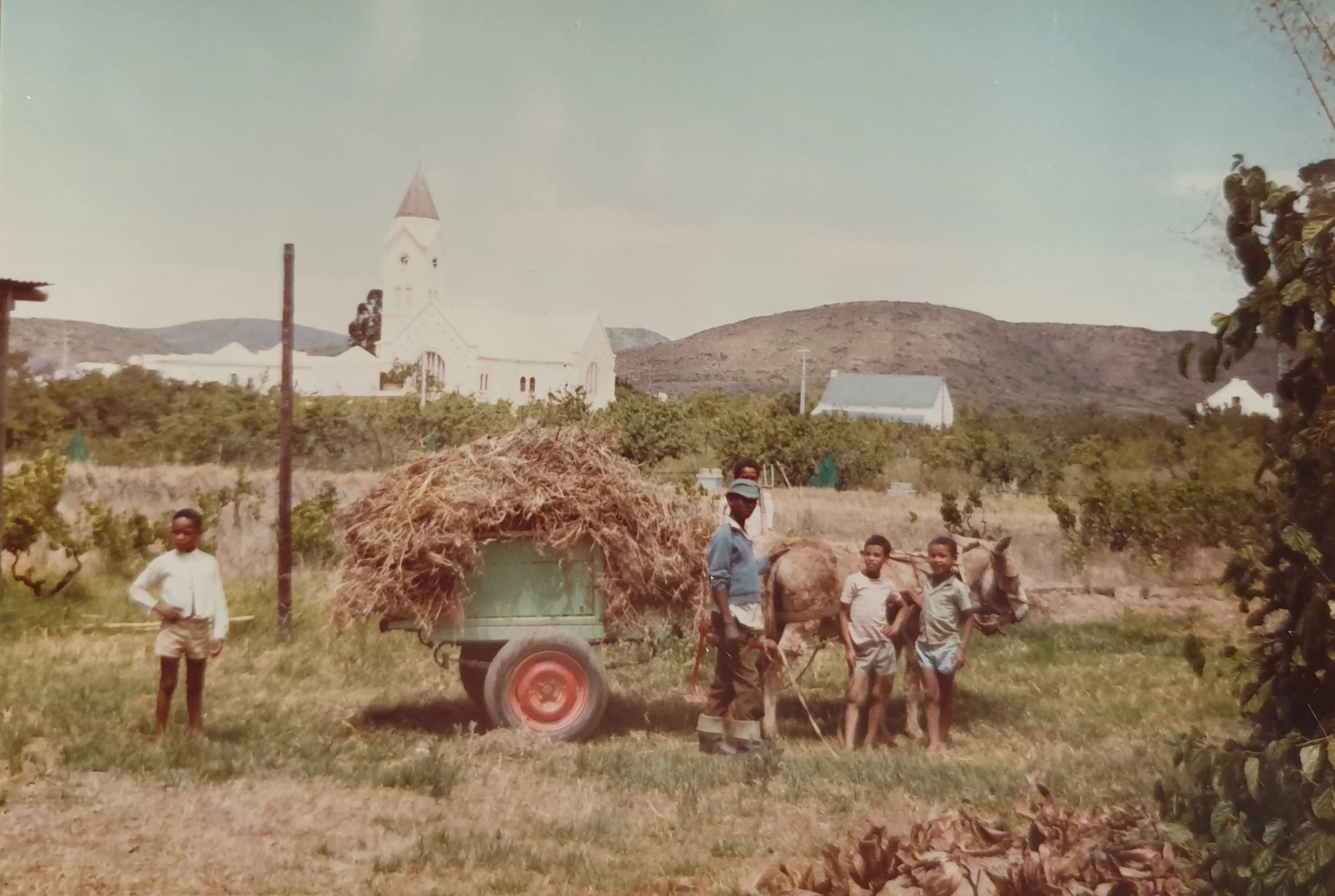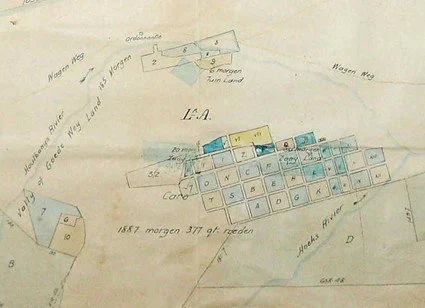
The McGregor Museum
Custodians of McGregor’s Heritage
McGREGOR MUSEUM
The modest McGregor Museum shares a characteristic with the renosterveld which surrounds this charming village on the edge of the little Karoo. At first glance, it appears deceptively low key, yet there is a wealth of interest for those with time to look and delve a little deeper into McGregor’s rich past.
The fascinating little museum, presently housed in the lefthand side of the McGregor Tourism Bureau, situated at 53 Voortrekker Street, is filled with artifacts, historical documents, historical photographs and a diverse array of display boards noting various aspects of history unique to McGregor.
The most valuable and intrinsic part of the collection is rooted in the founding of the museum and includes the recordings and transcriptions of oral histories from longtime McGregor inhabitants. Some remember working in the whipstock industry for which the village became respected worldwide, and many have illuminating stories about what life was like on the farms and vineyards in the early 1900s. These stories are kept in an open file on a table, for anyone to read at leisure, and some may also be found on this website in the section – Voices of McGregor.
NOTEWORTHY ITEMS
TROWEL - One noteworthy item is the engraved trowel used to lay the foundation stone of the NG Kerk in 1904. It was found in a secret compartment in a desk bequeathed to Mick Corbett, former Chief Justice of SA, who is a great grandson of the Rev. Andrew McGregor, the church’s Scots-born pastor after whom the village was later renamed in 1906.
BIBLE - historical item is an authentic King James Bible (bearing Rob Roy’s signature) which can be seen by appointment. This copy had a page in it which listed the first families to settle in McGregor.
WOODEN WATERPIPE - recently, in the course of execrations a plot bounded by Mill and Hof Streets, McGregor, a wooden pipe came to light. The pipe is +-150mm in diameter and 4.6m long and consists of full-length wooden slats (it looks like Oregon Pine) slotted into each other along their length in such a way as to form a perfect pipe. The whole is bonded together by means of a spirally wound wire and is waterproofed by being covered in pitch. The ends are recessed to receive steel sleeves.
The life expectancy of the wooden pipes was said to be the same as cast iron pipes and furthermore, the taste of the water conveyed was better with wooden pipes.
At the Kleinplasie museum at Worcester, they have one section of wooden waterpipe on display but the only information available is a placard which says: ‘Wooden Water Pipe’.
At the ‘Die Boord tea Garden’ in Montagu, the back stoep roof is supported by seven wooden water pipes, standing vertically, each still with its original wire binding. The owner of the tea garden, Mrs Louise Vermaak, mentioned that the pipes came from a pipeline in Ashton, installed around 1920, to conduct water from one of the late Langeberge kloofs to the Ashton railway station for use in the locomotives.
DOCUMENTS - The Museum has originals and copies of documents, letters, title deeds and artefacts which relate to life in the area from the latter part of the 1700s onwards. These include transcriptions of arguments over water rights fought in the courts by pioneering farmers at that time. Although a few houses were built in the 1850s, the village was officially proclaimed only in 1962.
The McGregor Museum operates under the authority of the McGregor Heritage Society (MHS) who is a registered conservation body with Heritage western Cape (registration no. 097-978-NPO). It is administered informally by an enthusiastic voluntary group which was initially brought together by Helaine Shand, who herself has 19th century family links with the village.
LOCATION : 53 Voortrekker Street, McGregor.





